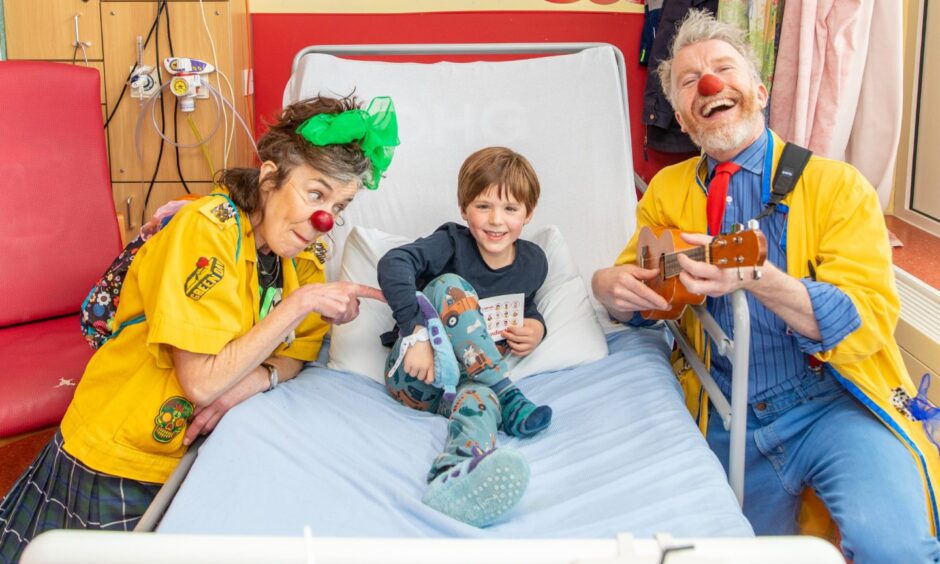
“Do you like Minecraft?” Dr CousCous asks Dennis.
The six-year-old from Montrose immediately lights up. “Yes!”
“You look like a Minecrafter,” Dr CousCous nods enthusiastically. “I can tell.”
It has been a long night for Dennis, who is sitting in a giant bed at Ninewells Hospital, surrounded by pens and colouring-in books, a juice box and an easter egg. He looks tiny.
He was brought to the Dundee infirmary the day before with suspected appendicitis after a fit of vomiting and stomach pain.
Since then, he’s undergone multiple blood tests and scans to diagnose the issue.
His mum Maria is worried. Dennis, who misses his brother and doesn’t like the needles, wants to go home.
But the visit from the clowndoctors – Dr CousCous and Dr McFlea – has, at least for now, replaced his tears with giggles.
“He says he can’t wait to go back to school and tell his friends about the clowndoctors,” Maria tells me afterwards.
“I’d never heard of the clowndoctors before.
“But it’s good for kids and it’s good for [the adults] as well. It makes everyone laugh.”
What is a clowndoctor?
The clowndoctors, deployed by Scottish charity Hearts and Minds, are professional artists who use clowning in medical, health, play and educational environments.
They travel in pairs to hospitals, care homes and other health care facilities across Scotland.
They visit the children’s ward at Ninewells every week.
Six-year-old Ellie, who receives treatment for Inflammatory Bowel Disease at the hospital every month, looks forward to their visits.
While she and her big sister Orla are entertained by Dr CousCous and Dr McFlea, I chat to their dad Jamie.
He says: “We’ve been coming here for just over a year and see the clowndoctors most times.
“They will usually give Ellie a wee activity to do and make jokes.”
Laughing, he adds: “They usually embarrass me, make me sing and that kind of thing.”
The family, from Perth, tend to spend two or three hours at the hospital each time.
Jamie says: “She has to get used to having these needles and cannulas and things like that.
“But [the clowndoctors] mean it is something that she kind of looks forward to.
“They just kind of make her laugh and smile when it would be pretty rubbish to be here every month otherwise.”
Millie Cassidy, 14, is also well-acquainted with the clowndoctors.
The Arbroath High School pupil has been coming to the hospital, where she receives regular infusions for her Crohn’s disease, since she was nine years old.
“I enjoy their visits,” she tells me. “They always try to make me laugh. It’s quite nice. It’s a good distraction. It helps to lift my mood.
“It kills a bit a time as it can be boring otherwise.
“I am here for about four hours each time. I usually bring games and things.”
Millie’s mum, Lesley, says: “We’ve got our favourites.
“Because we’ve been coming for a while, it’s nice to see the same clowndoctors
“They’re always good at remembering who you are.”
Clowndoctor visits ‘not just for laughs’
Indeed, spirits in the ward appear immediately lifted by the goofy clowndoctor duo, who riff off of one another effortlessly. (“Oh, it’s the PRESS,” Dr McFlea greets me. Only to be nudged by her companion: “She’s not dePRESSed, silly!”)
But their clown therapy is not “just for laughs”, says Lucy McGreal, co-artistic director at Hearts and Minds.
“That’s a byproduct of it, “she says.
“But healthcare clowning is a real tool to enable empathy and compassionate curiosity.
“We make no judgments about a young person’s experience in the hospital.
“The beauty of healthcare clowning is that we can meet them where they are with no expectations.”
This means giving the children full agency, allowing them to end an interaction whenever they want to, or to simply observe.
It is evidently an intense role, which requires intense training.
Joanne Brown, head of development at Hearts and Minds, explains: “The clowndoctors are really highly skilled.
“They have usually gone through some kind of performing arts education.
“And then when they come to us, they have a year’s worth of in-depth training for healthcare clowning.
“And then once they’ve ‘graduated’ from their healthcare training, there’s continual assessment and observation of the work.”
Scotland’s clowndoctors are considered some of the best in the world, I’m told. The team are part of an international network and often meet with similar charities across Europe to share their knowledge.
Fife visual artist has been a clowndoctor for 23 years
Dr McFlea – otherwise known as Zoe Darbyshire – has been doing the job for 23 years.
The visual artist, who lives in Ladybank, says it is a “great privilege”.
“It’s incredible how we’re given access to people who are so generous to us – it’s like an exchange with the families.
“There are kids I’ve worked with for a long time, from babies through to the end of life, because Scotland is a small community of hospitals.
“We work across various locations, including schools and hospices, so we see them in different places. We follow the families.”
She adds: “Sometimes they just want us there, and it’s not about getting smiles, it’s about being their friend with no conditions.
“We are just someone who is neutral they can have a relationship with.”
The nature of the job means it can be emotionally demanding at times.
It is one of the reasons clowndoctors always work in pairs, and why they are given access to a support facilitator.
Dr CousCous – whose name I learn is Colin Moncrieff – has been working with the charity for 15 years.
The Glasgow-based actor says: “We do see kids going through really difficult times.
“There was an occasion when someone resembled the age of a clowndoctor’s own child, which was tough, so she stepped out and someone else stepped in.
“There’s loads that gets under the wire, so we have to find our own self-care as well.
“There are times we’ve had memorial sessions, where we have thought about children that have been lost. It gives us time for that reflection.”
But he channels this energy into what he does.
“Even if [the children] are going through difficult things and trauma, then we cut through that to be with them in the moment and connect,” he says.
Around 20 clowndoctors work for the charity on a freelance basis. Along with their intense training programme – it’s not a cheap process.
Clowndoctor visits reduced after charity funding issues
It costs around £28,000 to fund clowndoctors in a children’s hospital for one year.
Part of this is supported by the NHS Tayside Charitable Trust, but the rest depends on Hearts and Minds, which is financed by community donations, corporate partnerships and various trusts and foundations.
Funding issues mean the charity, which was founded in 1997, has been forced to reduce its output in recent years.
While funding at Ninewells – the only hospital that clowndoctors visit in Tayside and Fife – has just been secured for the next three years, the charity can no longer afford to visit institutions it once used to, including in Aberdeen and Inverness, despite repeated requests.
The is one reason Joanne’s role was created.
The former director of Edinburgh Art Festival joined the team last year to oversee fundraising and marketing.
She says: “What I’m aiming to do is develop a funding model for the charity which means that we’re not overly reliant on any one area.
“There is a cost of living crisis just now, and those of us who have got pensions are aware that our stocks and shares are in pretty dire situations.
“Each of those things has a knock-on effect on the various bits of funding that the clowndoctors receive.
Joanne adds: “From bake sales to ceilidhs, sponsored walks to school fundraisers – every effort helps.
“Right now, our kiltwalkers in Edinburgh and Glasgow are preparing for their big days.
“We’d love to see a Dundee Kiltwalk Team join them this year on August 17.
“Community fundraising is all about making some noise for the clowndoctors – and having fun doing it.”
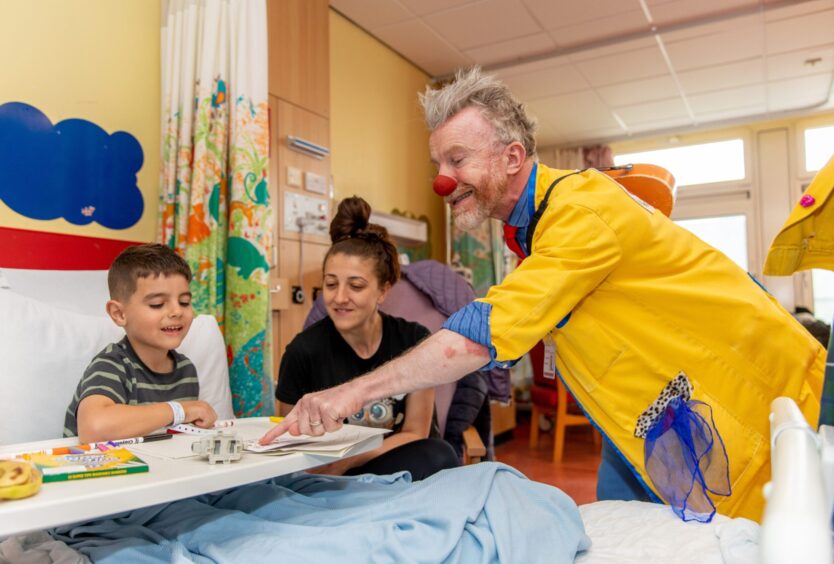
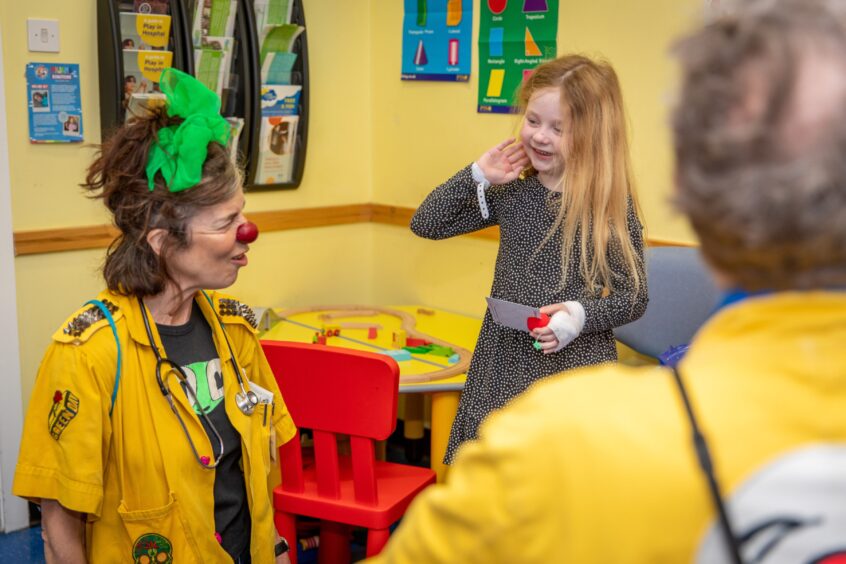
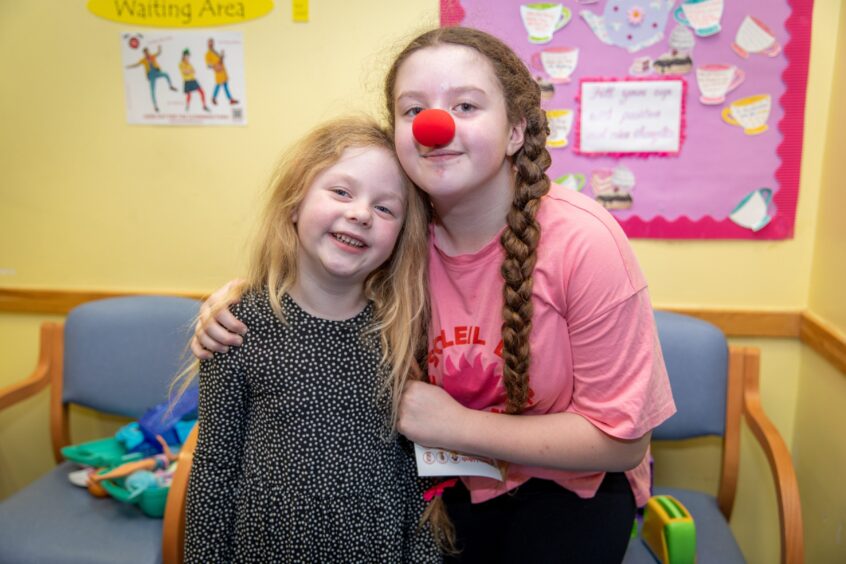
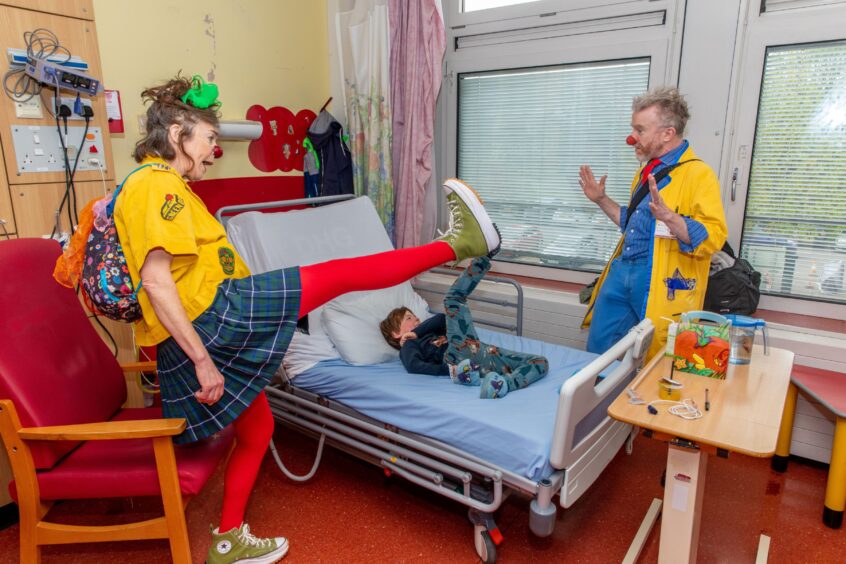
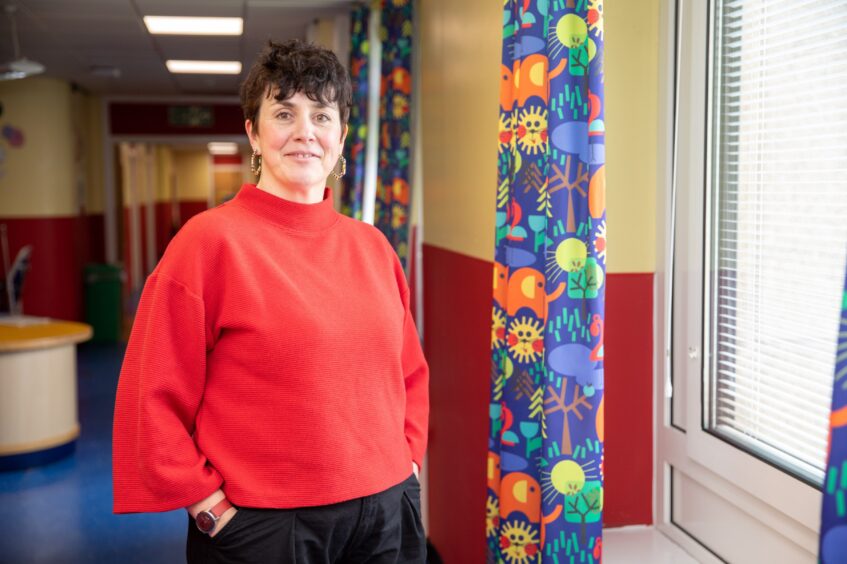
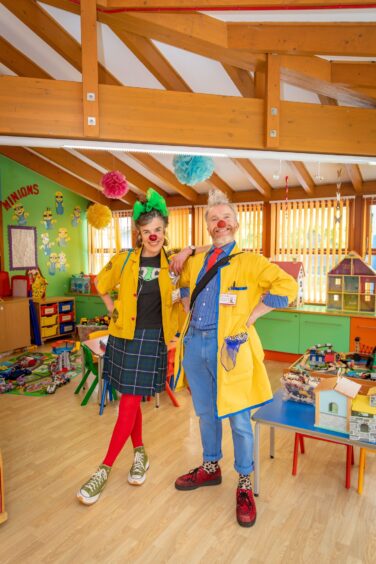
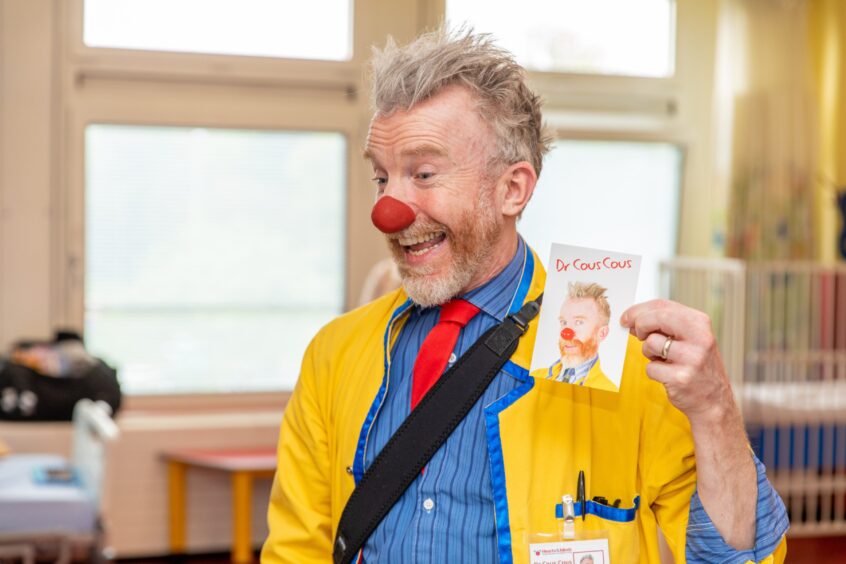
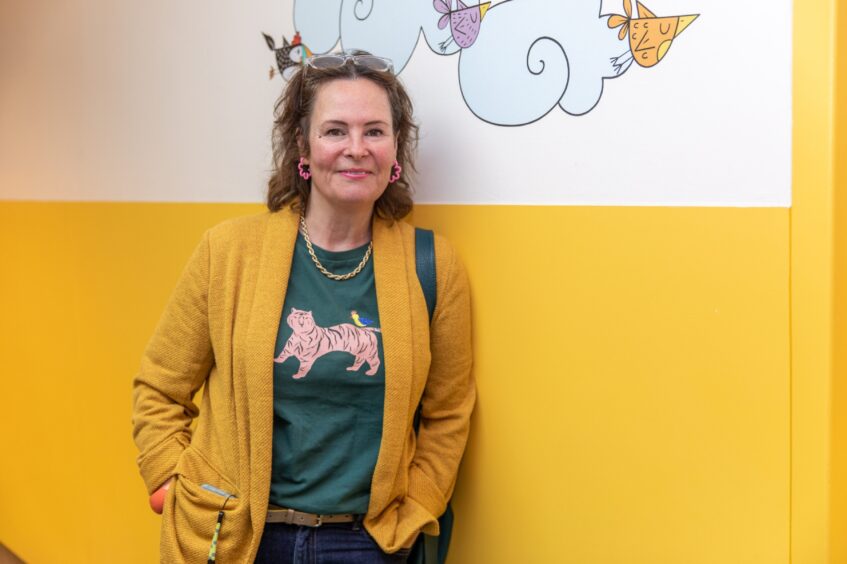
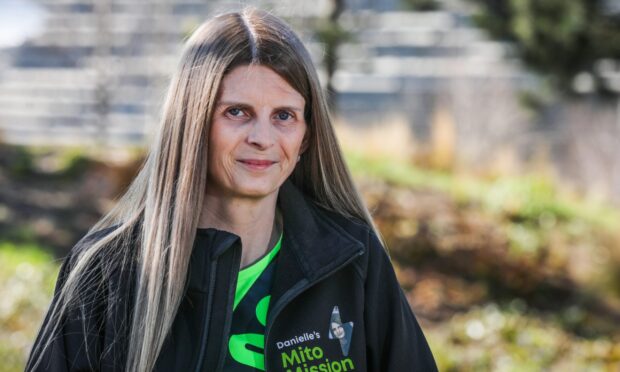
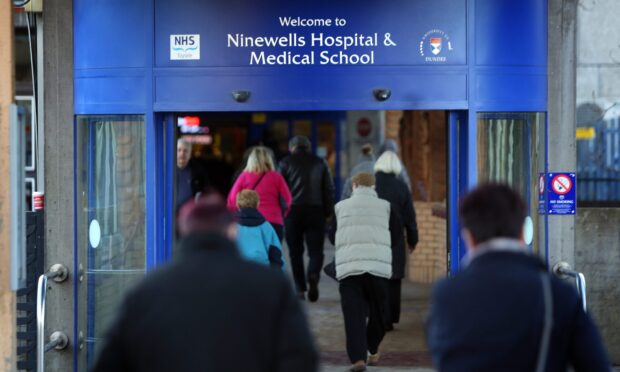
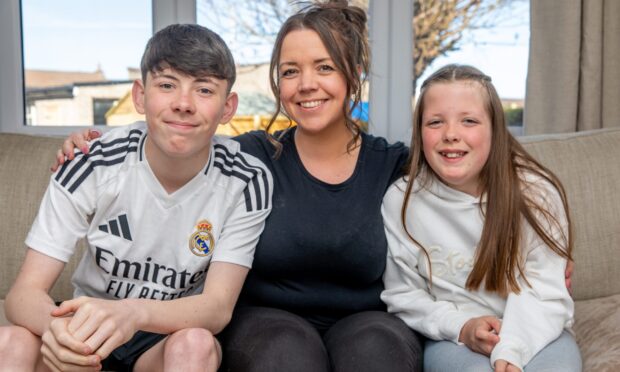
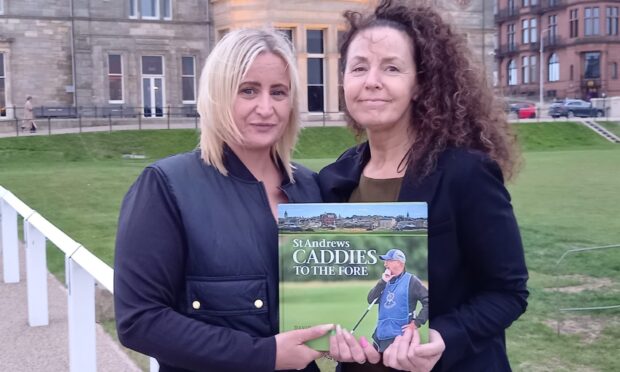
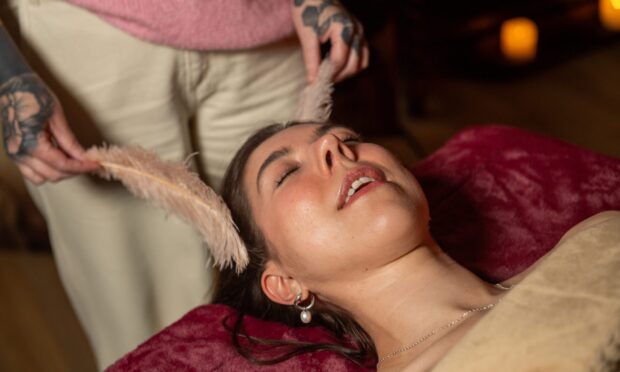
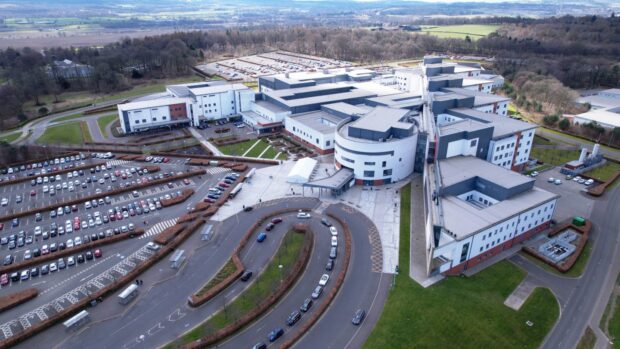
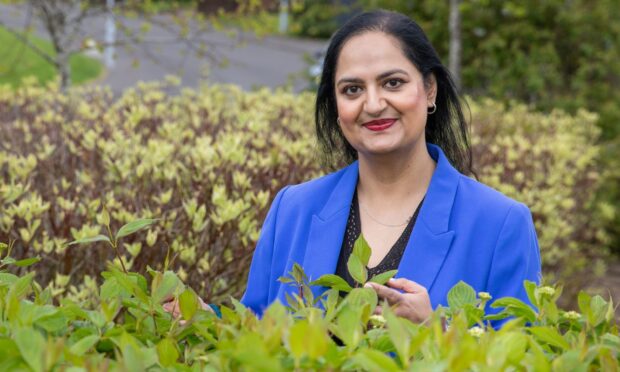
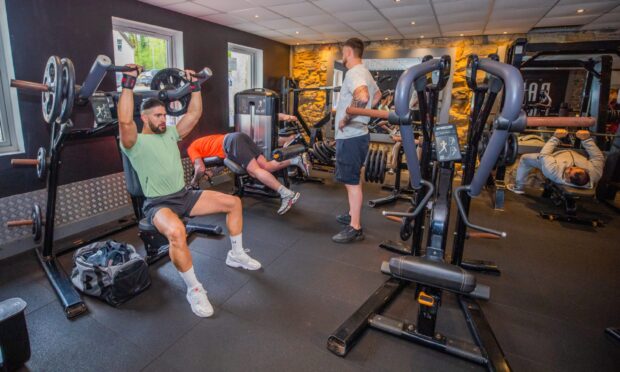
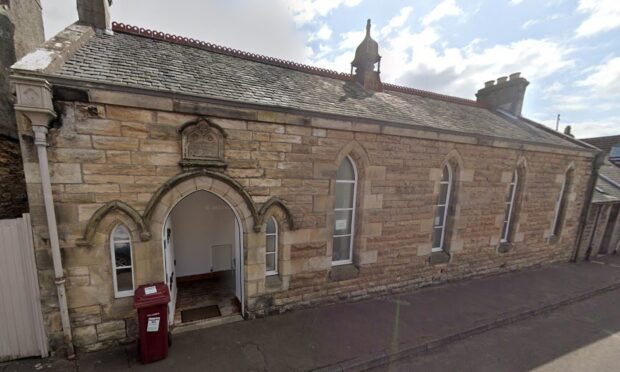
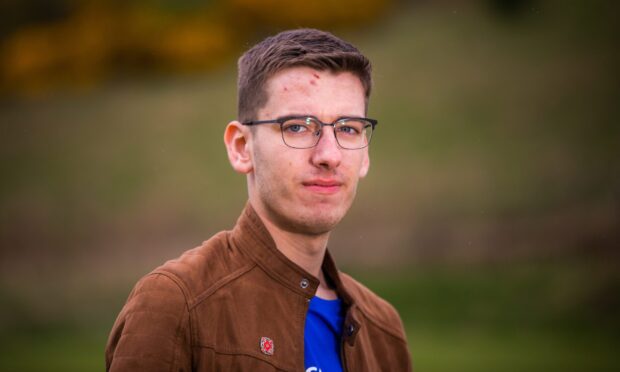
Conversation